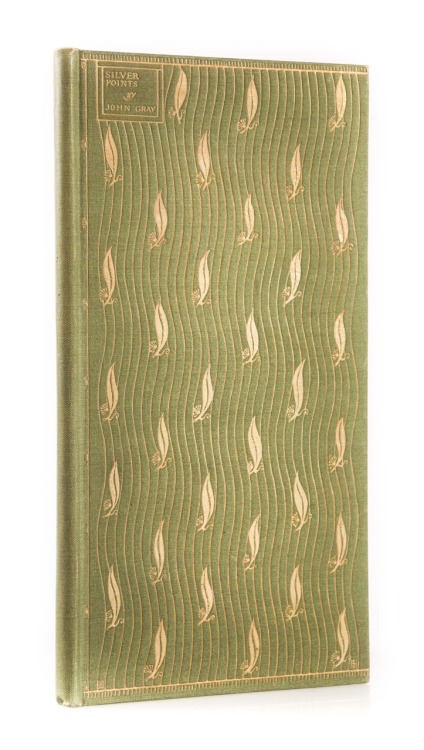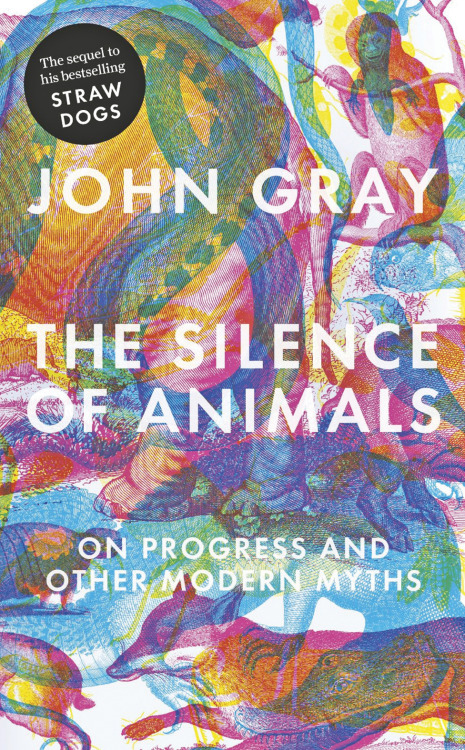#john gray
« There is a direct line connecting early 20th-century eugenics with 21st-century transhumanism. The link is clearest in the eugenicist and “scientific humanist” Julian Huxley (1887-1975). In 1924 Huxley wrote a series of articles for the Spectator, in which he stated that “the negro mind is as different from the white mind as the negro from the white body”. By the mid-Thirties, Huxley had decided that racial theories were pseudoscience and was a committed anti-fascist.
He had not abandoned eugenics. In a lecture entitled “Eugenics in an Evolutionary Perspective”, delivered in 1962, Huxley reasserted the value of eugenic ideas and policies. Earlier, in 1951, in a lecture that appeared as a chapter in his book New Bottles for New Wine (1957), he had coined the term “transhumanism” to describe “the idea of humanity attempting to overcome its limitations and to arrive at fuller fruition”.
Huxley is a pivotal figure because he links eugenics with its successor ideology. [H]e illustrates a fundamental difficulty in both eugenics and transhumanism. Who decides what counts as a better kind of human being, and on what basis is the evaluation made? The fundamental ethical objection to eugenics is that it licenses some people to decide whether the lives of others are worth living. […]
[Transhumanism] is not normally racist, and typically involves no collective coercion, only the voluntary actions of people seeking self enhancement. But like eugenicists, transhumanists understand human betterment to be the production of superior people like themselves. True, the scientific knowledge and technology required to create these people are not yet available; but […] someday they may be. [And] the likely upshot of transhumanism in practice – a world divided between a rich, smart, beautified few whose lifespans can be indefinitely extended, and a mass of unlovely, disposable, dying deplorables – seems to me a vision of hell. »
— John Gray, “The sinister return of eugenics“
One of the highpoints of the Fin de Siècle – John Gray’s “Silverpoints” (1893). Cover, initials, colophon and typographical design by Charles Ricketts. One of 250 numbered copies.
A book justly celebrated for its design by Charles Ricketts. It is instantly recognisable by its format, which is roughly that of a large cheque book. Its cover design consists of a field of feather or willow leaf devices, arranged on a background of wavy gilt rules: while the arrangement is regular, the angles at which they are placed is irregular, giving an appearance of lightness and of motion. The text pages are a miracle of margins, in which Gray‘s rather slight poems, heavily influence by Verlaine, Mallarmé and Dowson appear almost as an afterthought. Gray came from a lower middle-class South East London background to become the darling of Chelsea’s salons, lending his name to Wilde’s Dorian Gray, before throwing it in for a life of Catholic chastity in Edinburgh.
An exceptionally good copy with only two very small ink dots (the size of a needle point) on the spine to mar its perfection. Attractive small pencil monogram and small booklabel of John Gere, at one time keeper of prints and drawings at the British Museum and nephew of C.M. Gere, artist, and with the earlier armorial bookplate of one George Herbert Wailes, apparently a phycologist.
This gem of a book will be coming with us to the Olympia Book Fair, which opens tomorrow, a highlight from Maggs’ Modern Department.
Post link


